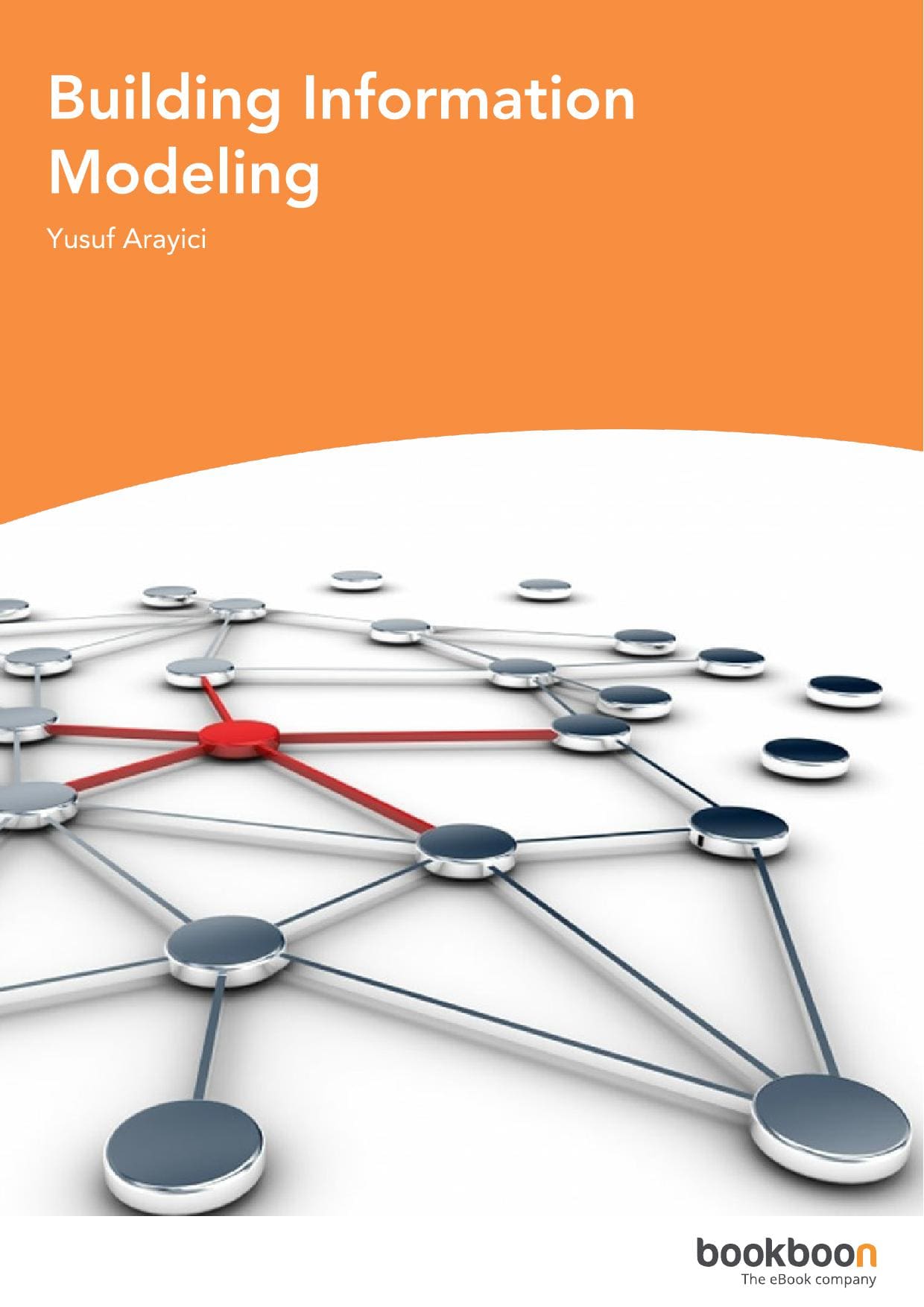1 Introduction to BIM
- 1.1 Introduction
- 1.2 The construction industry and its challenges
- 1.3 Origins of BIM
- 1.4 So what is building information modelling?
- 1.5 Overview of requirements for UK government level 2 BIM
- 1.6 Conclusion
- 1.7 References
2 BIM Tools and Technologies
- 2.1 Introduction
- 2.2 CAD technologies
- 2.3 Parametric modelling technologies
- 2.4 BIM Tools
- 2.5 Review Of Major BIM Tools In The Aec Industry
- 2.6 BIM Library
- 2.7 Interoperability
- 2.8 Free BIM Tools
- 2.9 References
3 Process
- 3.1 Introduction
- 3.2 Uses of BIM
- 3.3 Business process re-engineering
- 3.4 Summary
- 3.5 References
4 BIM Technologies in the Process
- 4.1 Introduction
- 4.2 Level of development (LOD)
- 4.3 BIM Tools In The Process thinking.
- 4.4 BIM Use in the Design Phase
- 4.5 BIM uses in the Construction Phase
- 4.6 BIM Usage in the Operation Phase
- 4.7 Free BIM Tools in the Design Process
- 4.8 References
5 BIM & Sustainable Design
- 5.1 Introduction
- 5.2 Building design and sustainablity awareness
- 5.3 Sustainable design
- 5.4 Principles of sustainable design
- 5.5 Benefits of sustainable building design
- 5.6 Key challenges in sustainable design
- 5.7 How BIM contributes to sustainable design
- 5.8 An expremintal BIM process for sustainable design
- 5.9 Limitations in using BIM for sustainability
- 5.10 Conclusion
- 5.11 References
6 BIM and Construction Management
- 6.1 Introduction
- 6.2 Background – construction project management
- 6.3 BIM as a Way Forward for Better Construction Management
- 6.4 Conclusion
- 6.5 References
7 BIM for Facilities Management and Building Maintenance
- 7.1 Introduction
- 7.2 Level of developments at key project stages
- 7.3 The Value Of Information Beyond Construction
- 7.4 Facilities Management
- 7.5 BIM for Facilities Management
- 7.6 Strategies for Model Maintenance
- 7.7 Applying Government Soft Landings (GSL) Policy
- 7.8 Initiating Employers’ Information Requirements (EIR)
- 7.9 Producing a BIM Execution Plan (BEP)
- 7.10 Involving FM in Common Data Environment (CDE)
- 7.11 Technologies for Model Maintenance
- 7.12 Conclusions
- 7.13 References
8 Benefits and Challenges
- 8.1 Introduction
- 8.2 Benefits and challenges of BIM
- 8.3 A review of the report “rethininking construction”
- 8.4 UK government’s vision for construction industry by 2025
- 8.5 Barriers to BIM implementation
- 8.6 References
9 Case Studies
- 9.1 Introduction
- 9.2 Case Study 1: A School Project in North-West UK
- 9.3 Case Study 2 – A Leisure Facility in North-East UK
- 9.4 Case Study 3 – A Campus Building Project
- 9.5 Case Study 4: A University Campus Building Project
- 9.6 Elaboration of BIM Usage in the Case Studies
- 9.7 Disadvantages of BIM Use in the Case Studies
- 9.8 Advantages of BIM Use in the Case Studies
- 9.9 Analysis of BIM Usage for the Project Management of Relocation to MediaCity Case Study
- 9.10 References
– Advertisement –
(adsbygoogle = window.adsbygoogle || []).push({});
